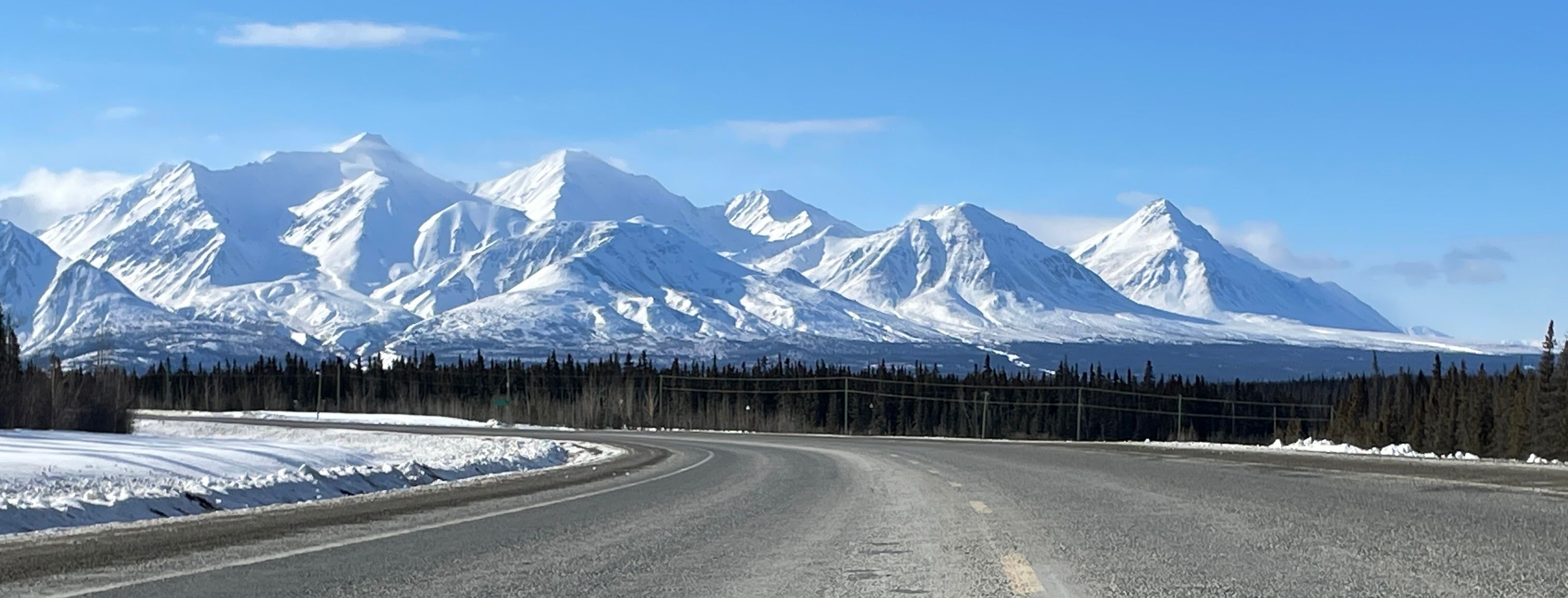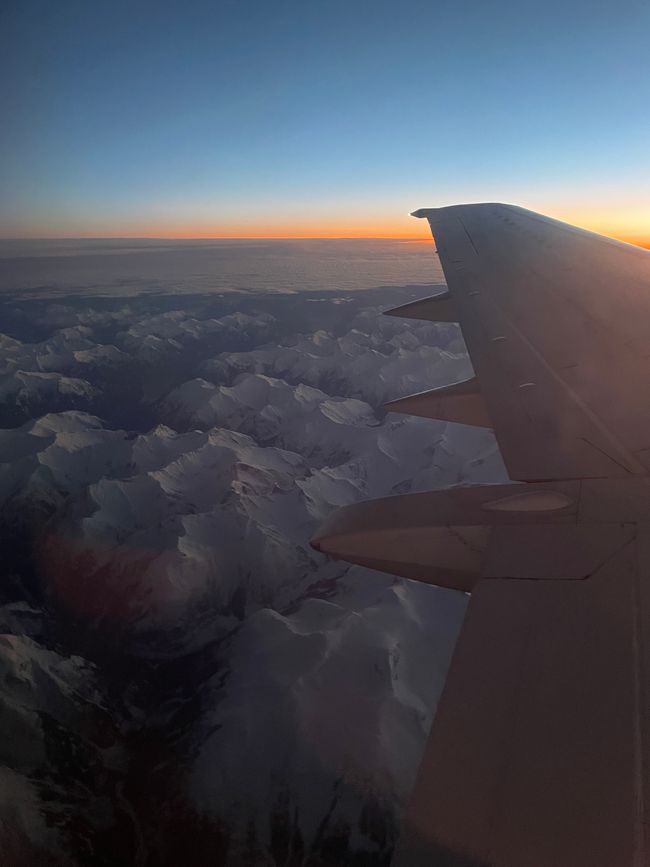১৯.-২২.০৫। - হাভানা, কিউবা
প্ৰকাশিত: 01.06.2023
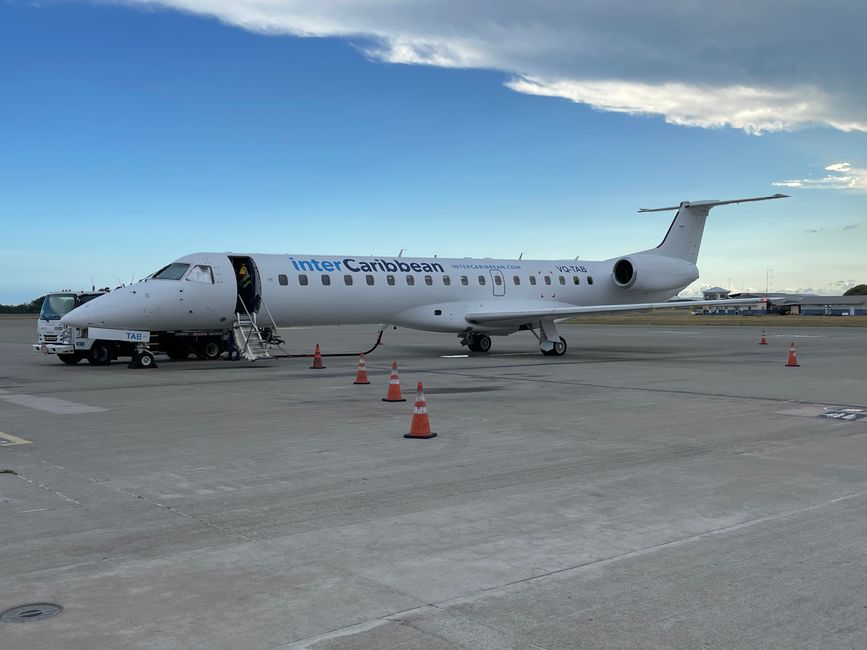
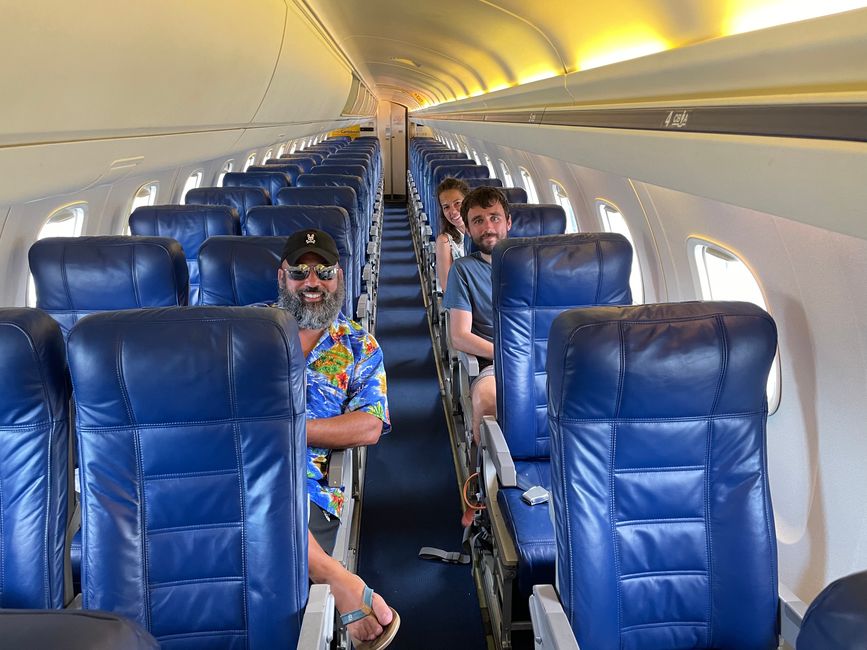
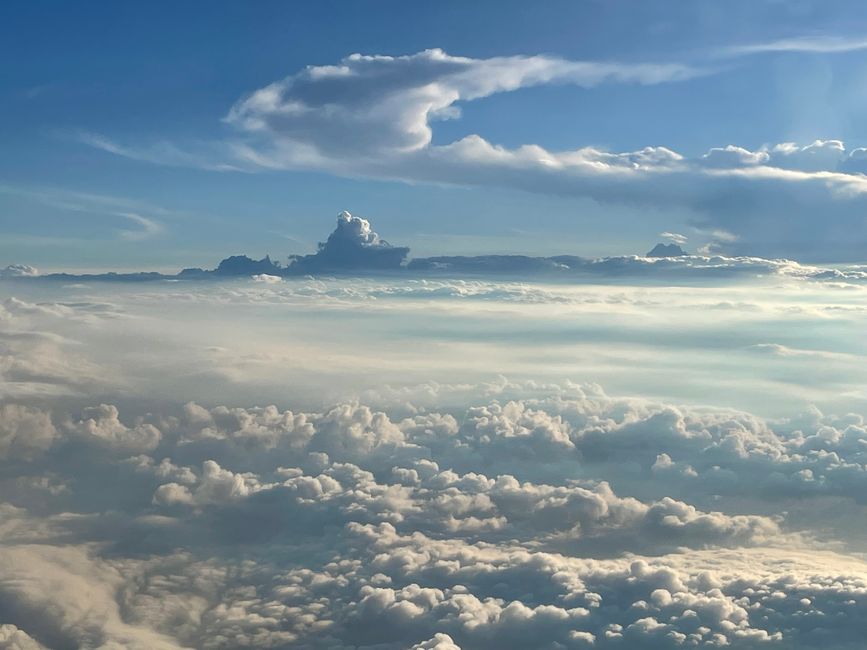
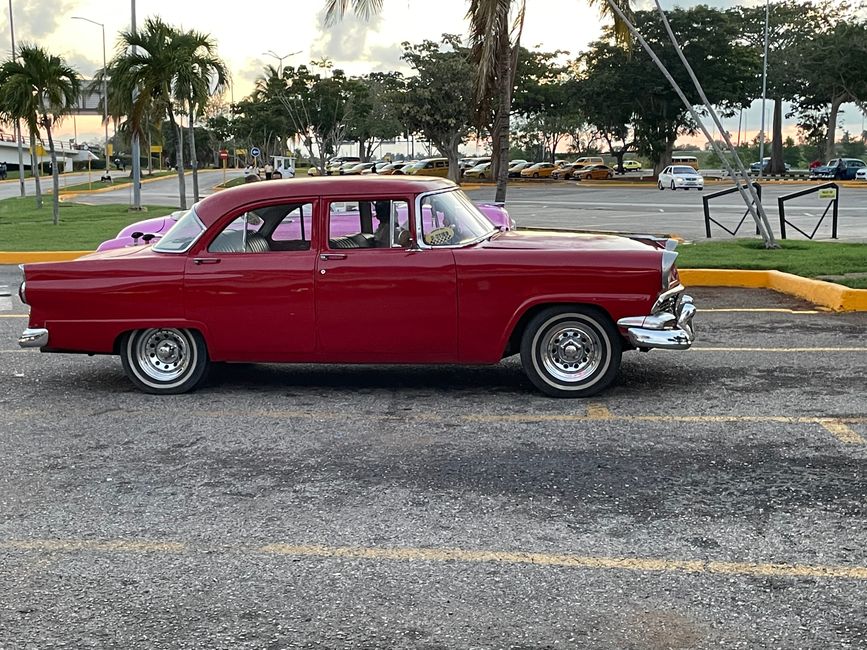
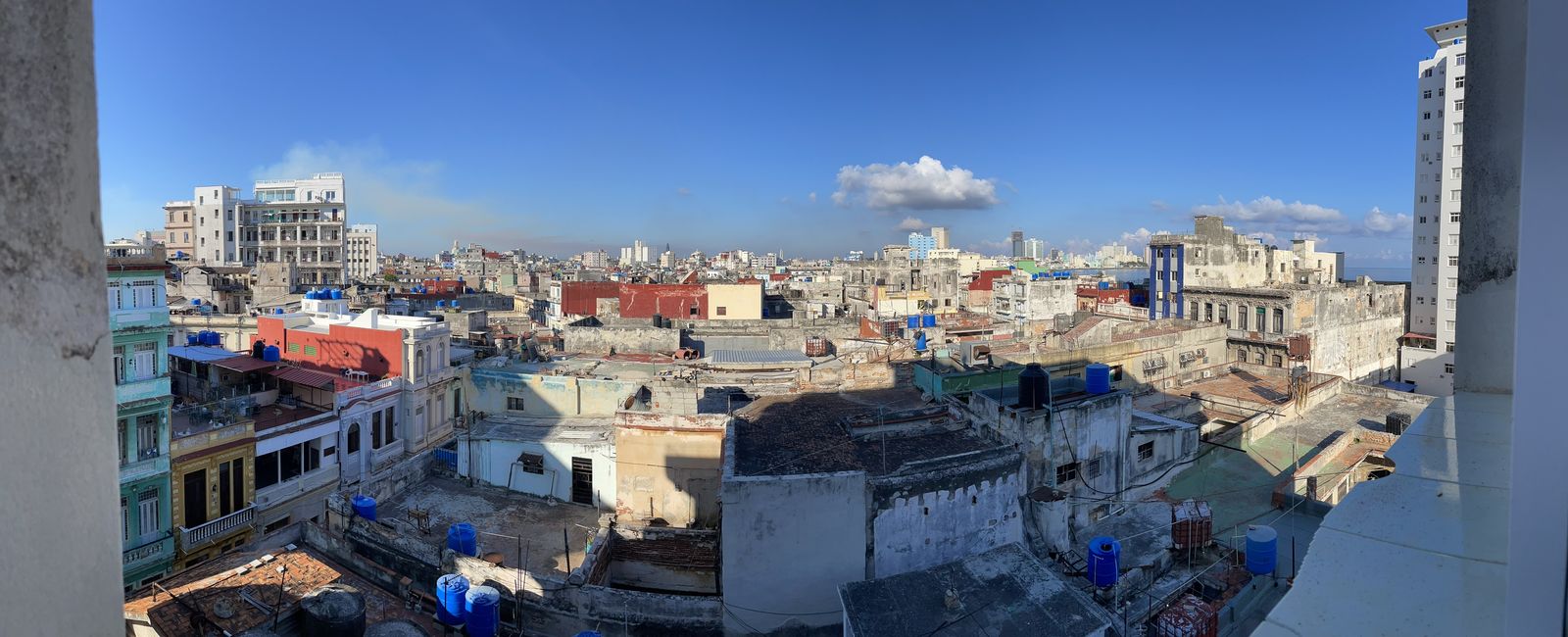
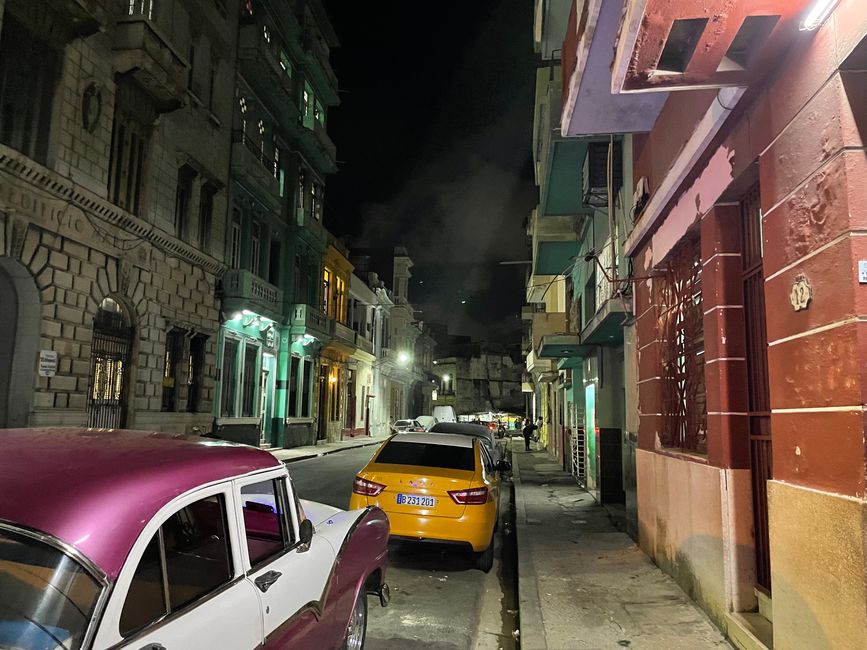
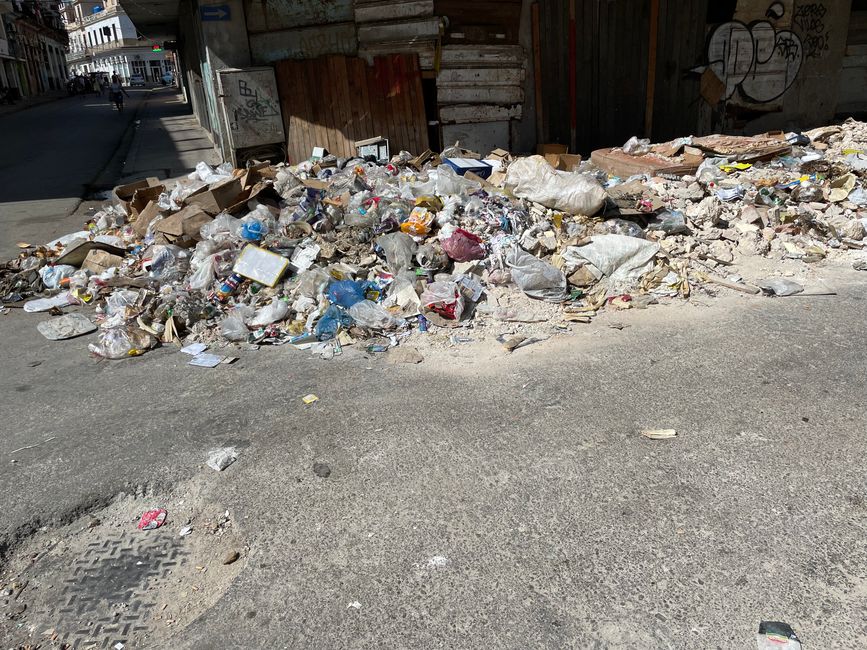
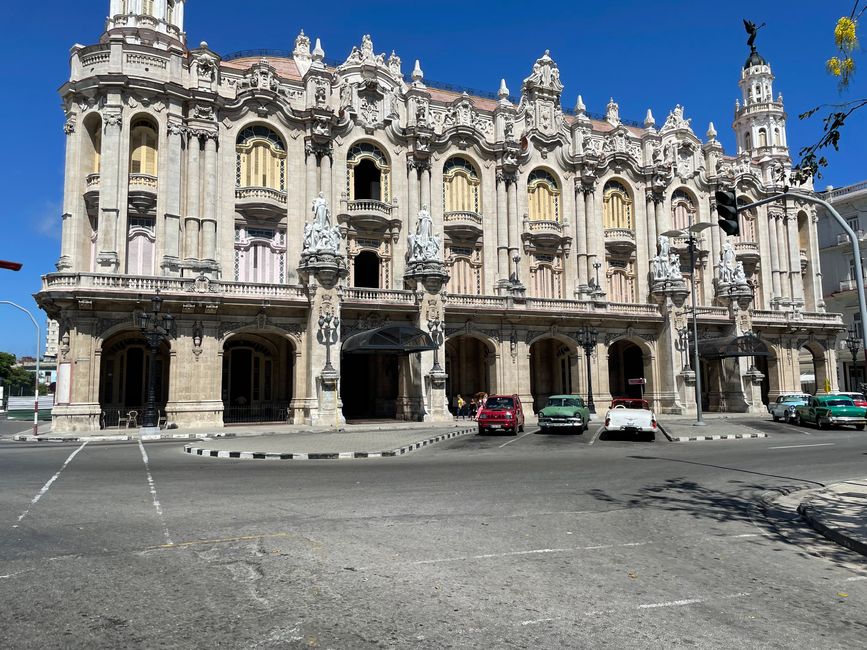
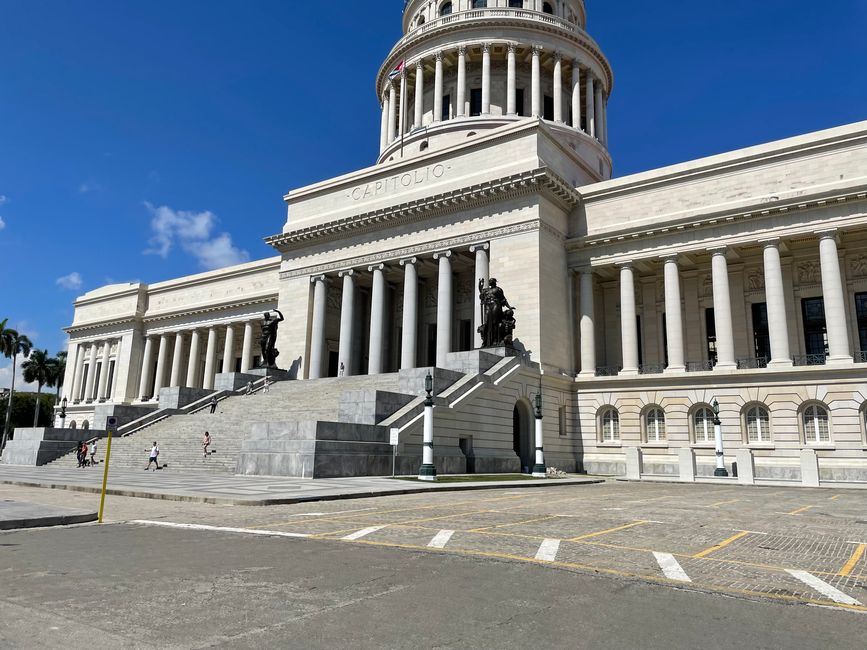
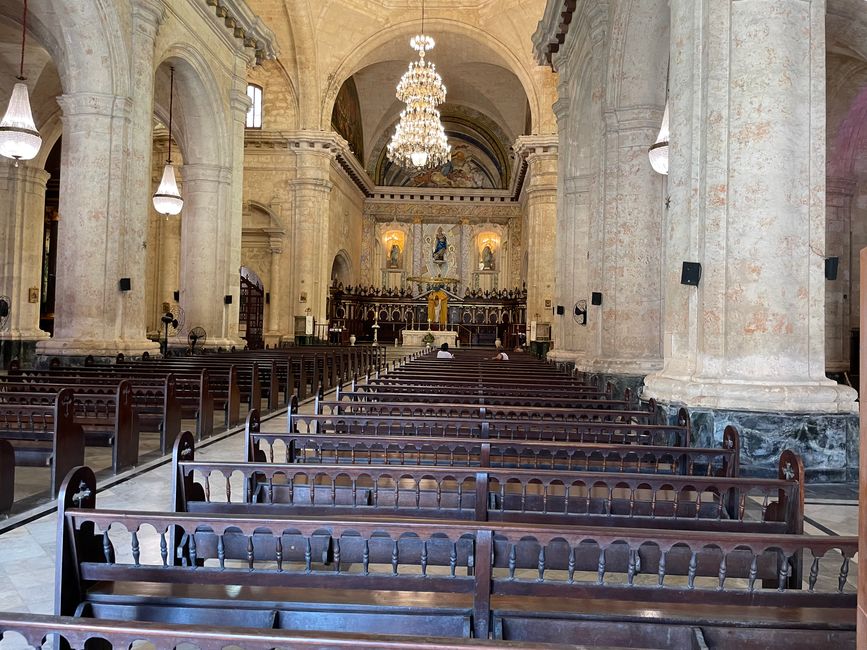
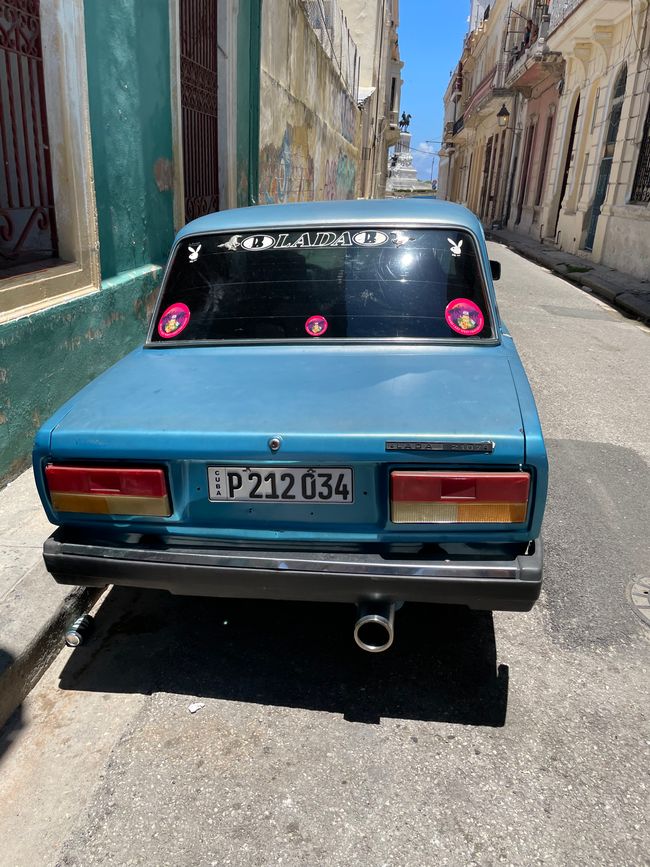
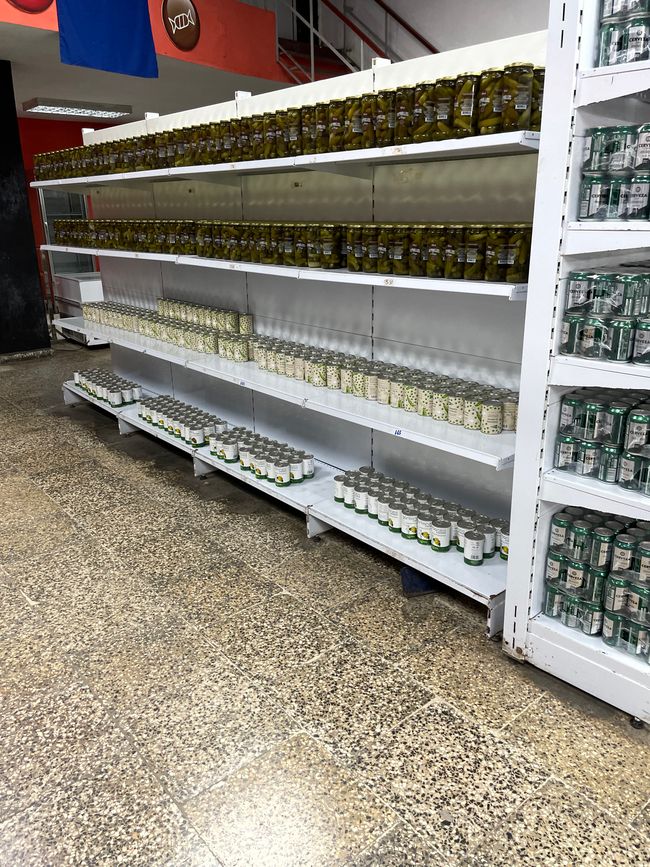
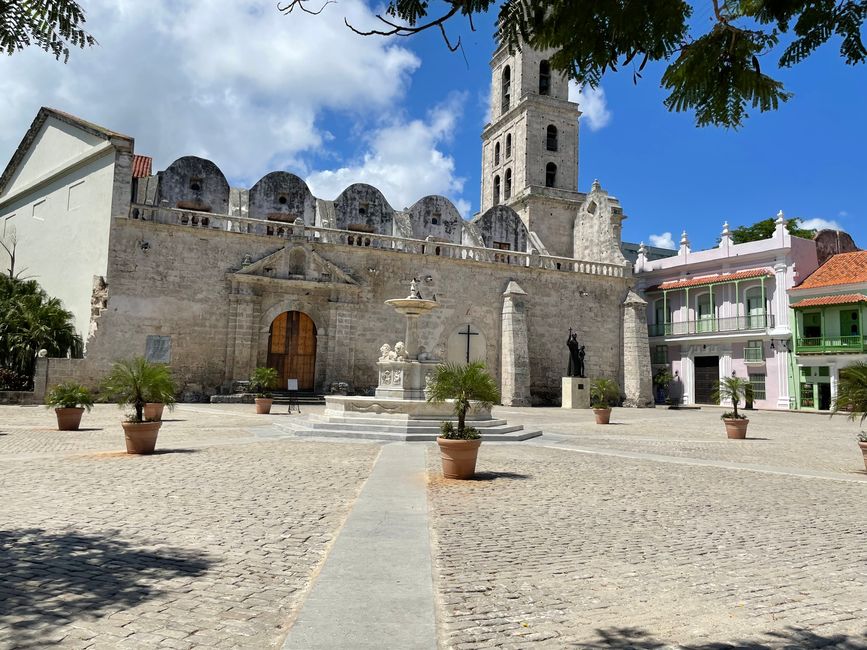
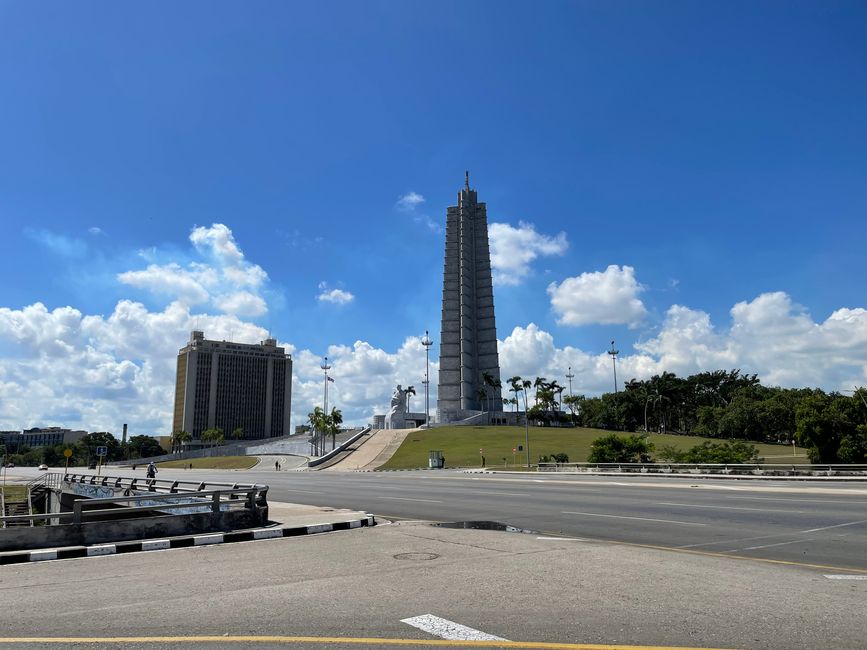
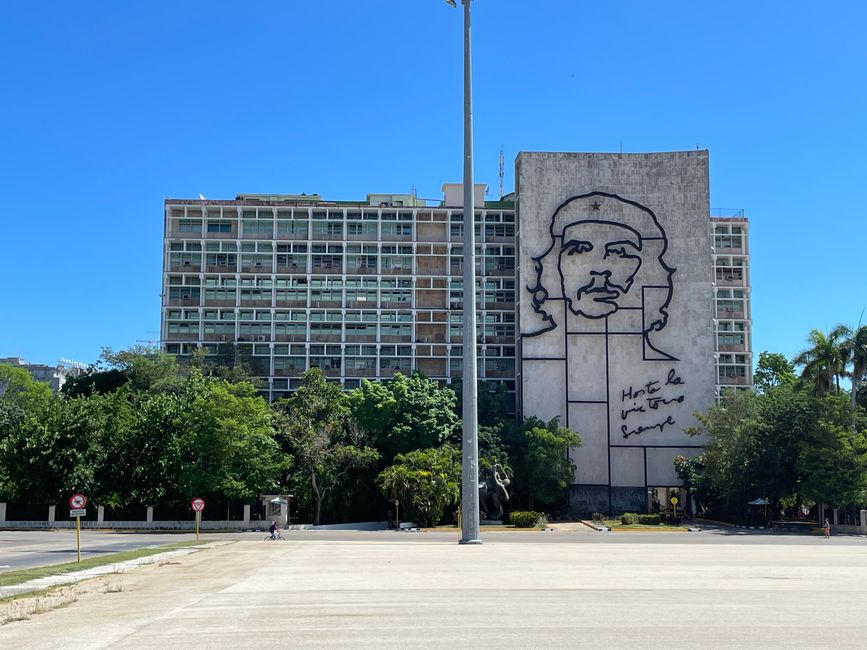
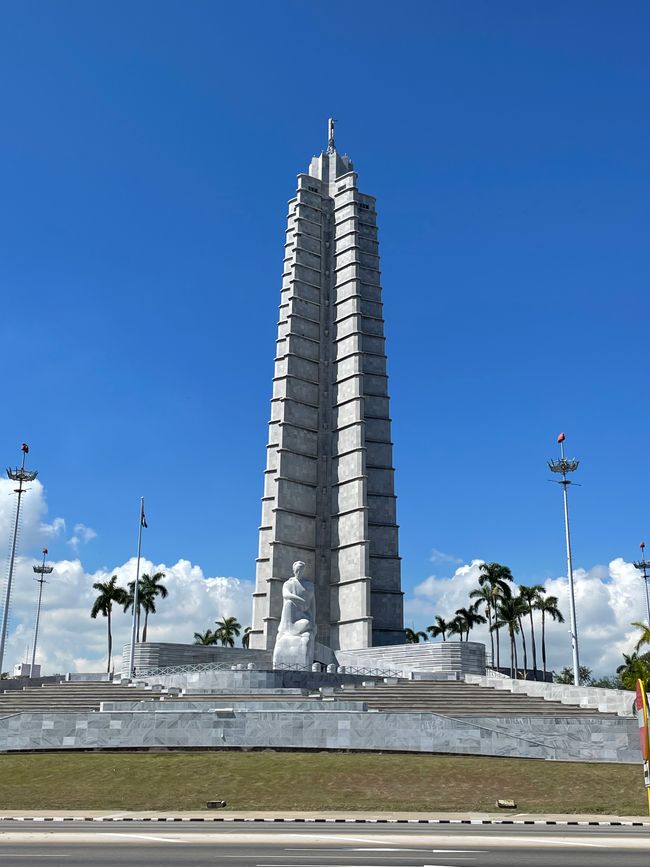
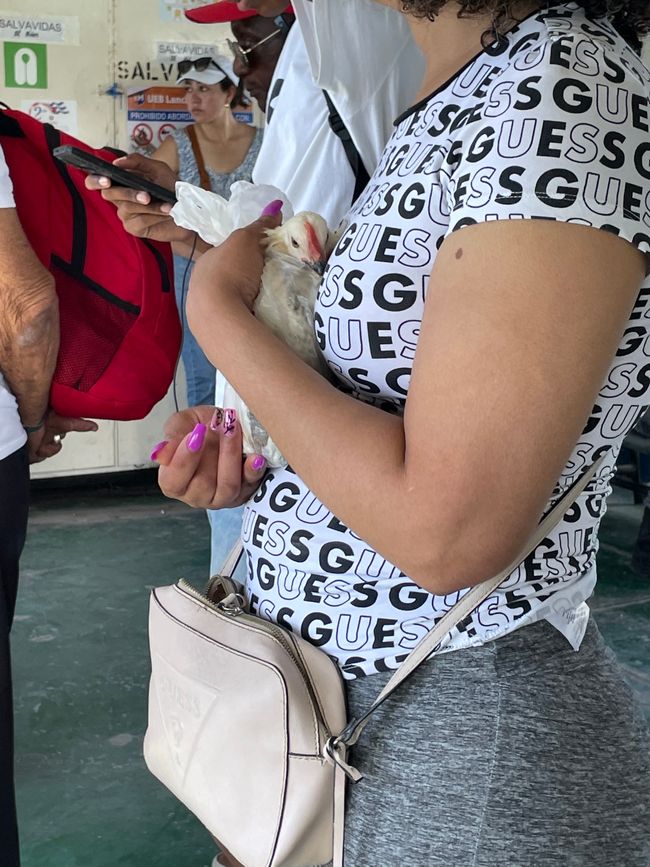
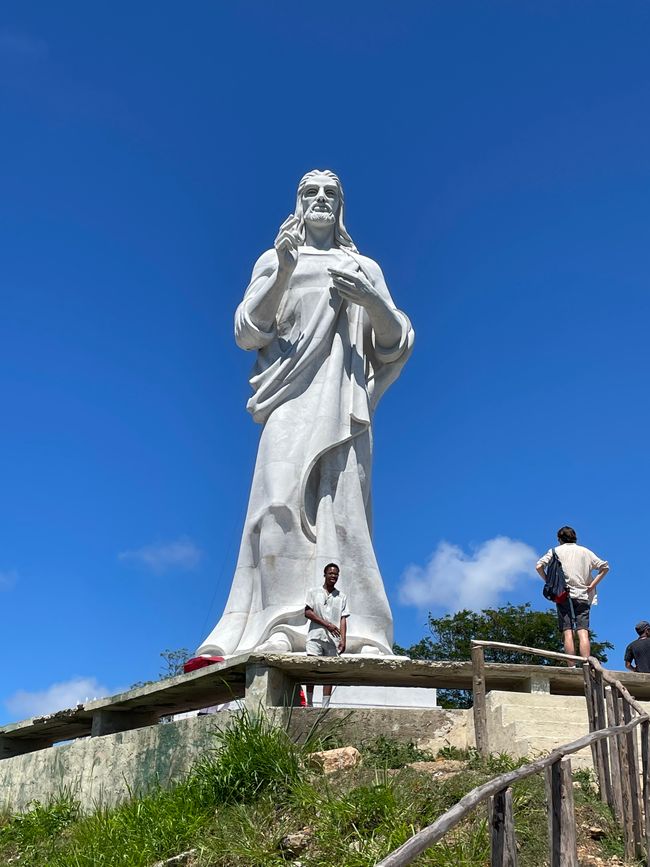
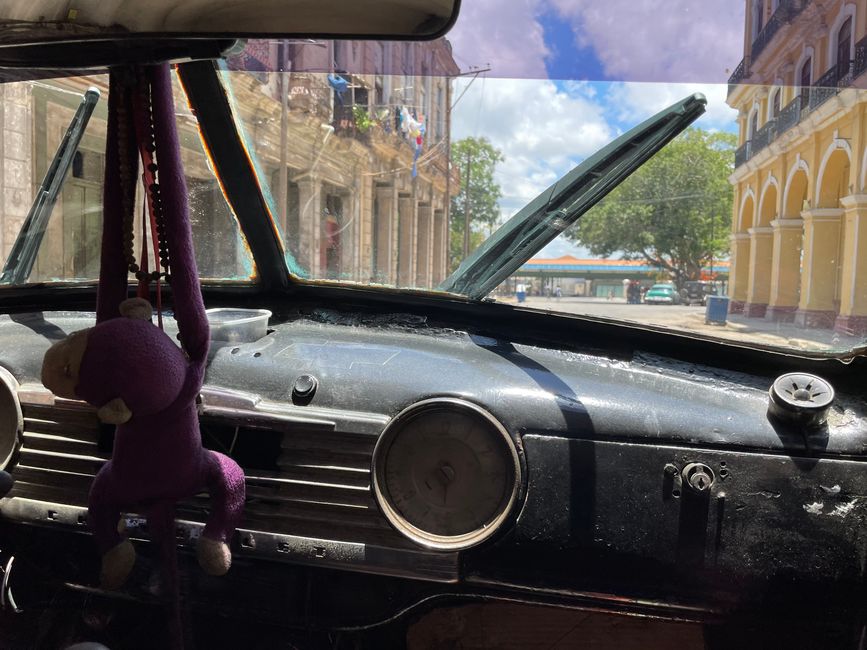
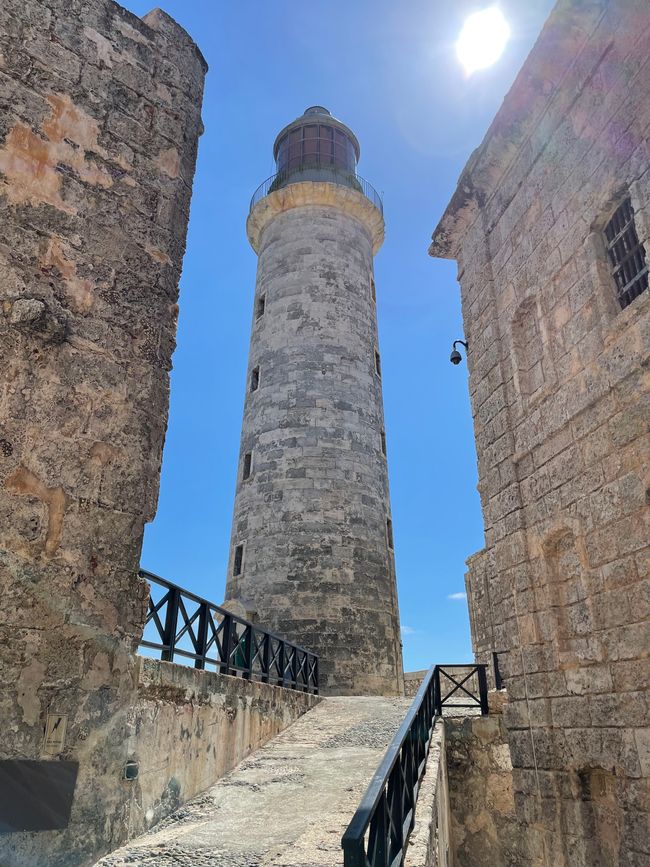
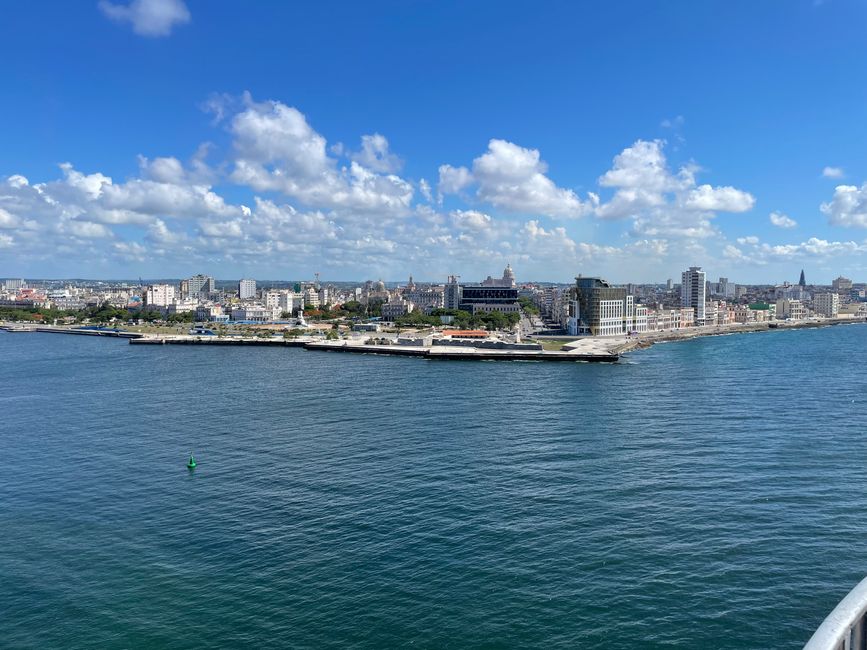
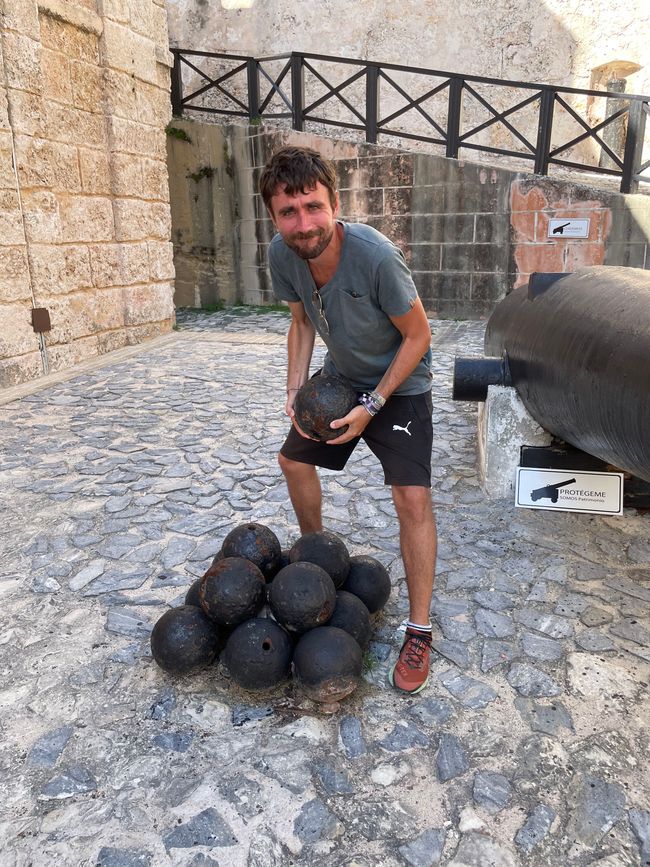
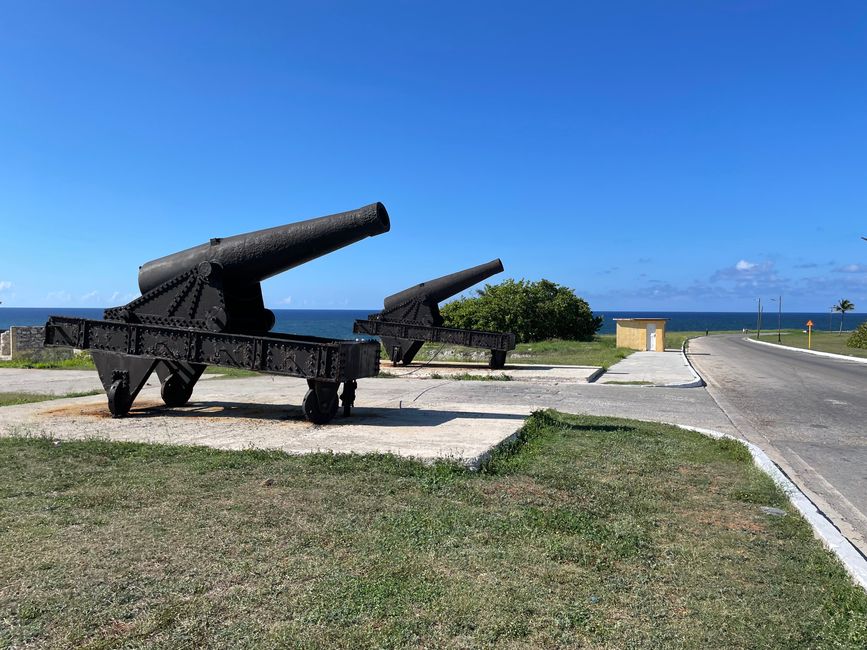
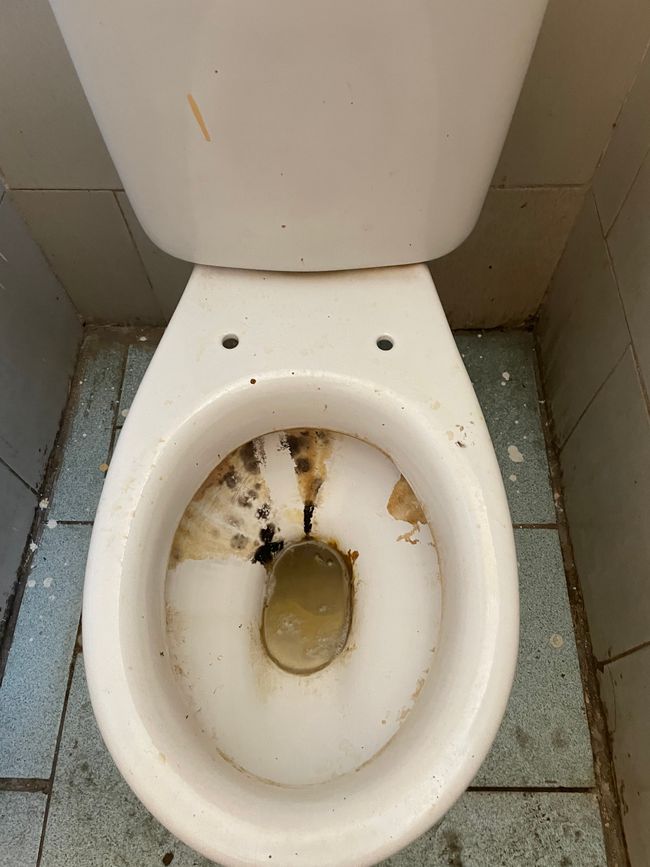
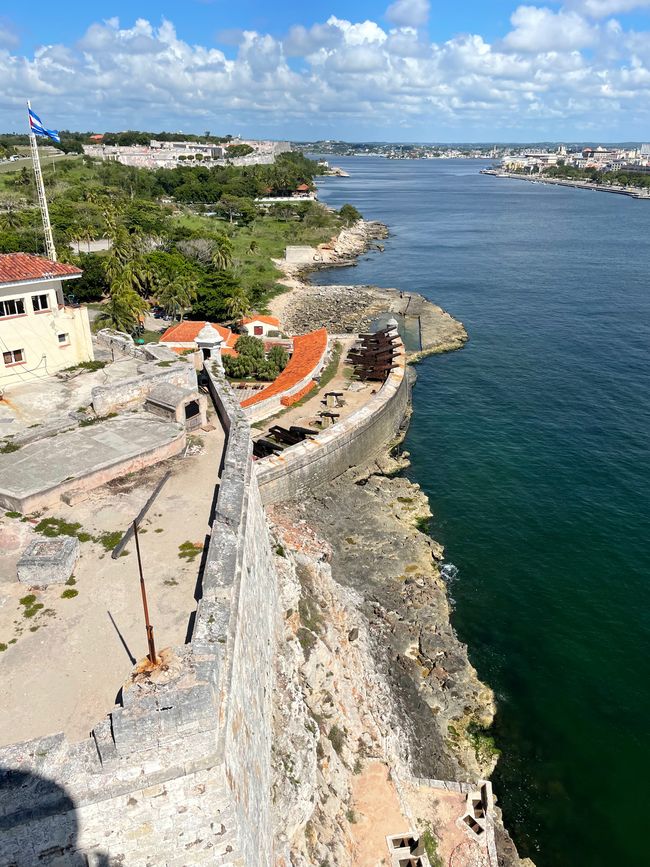
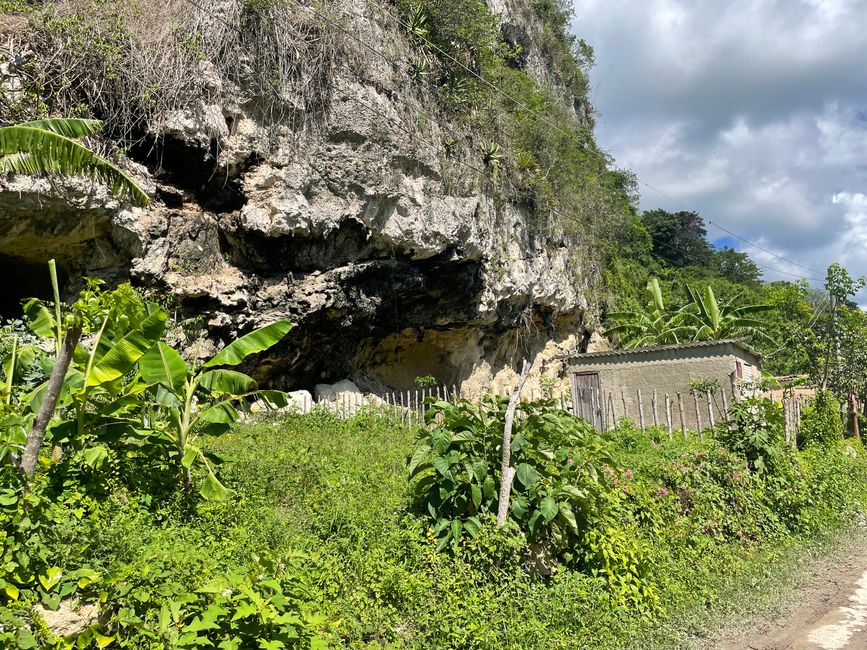
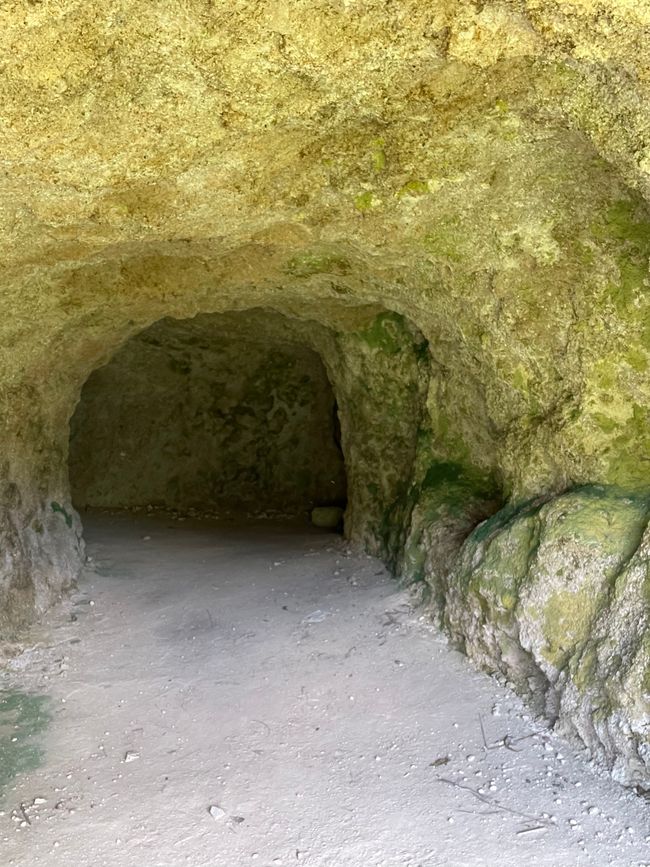
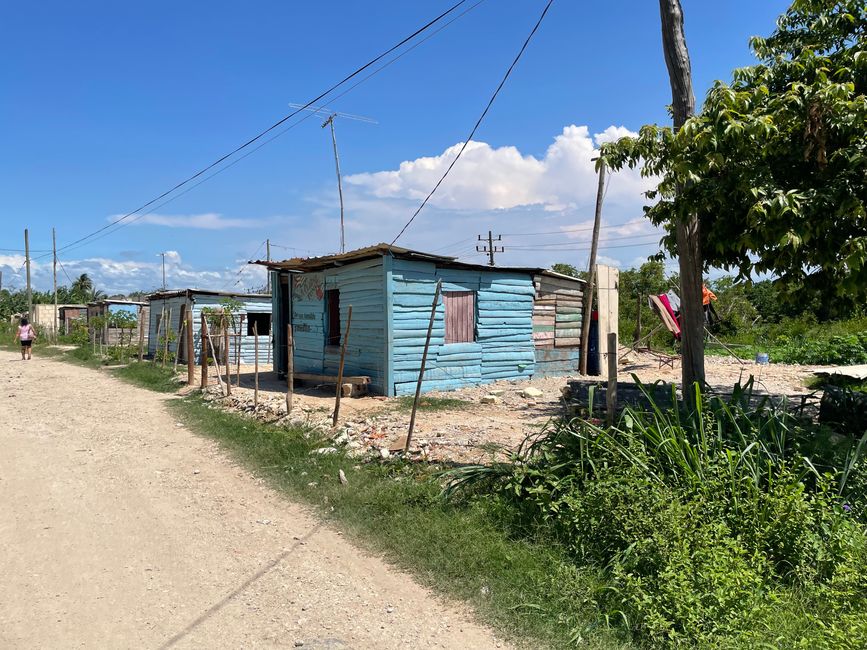
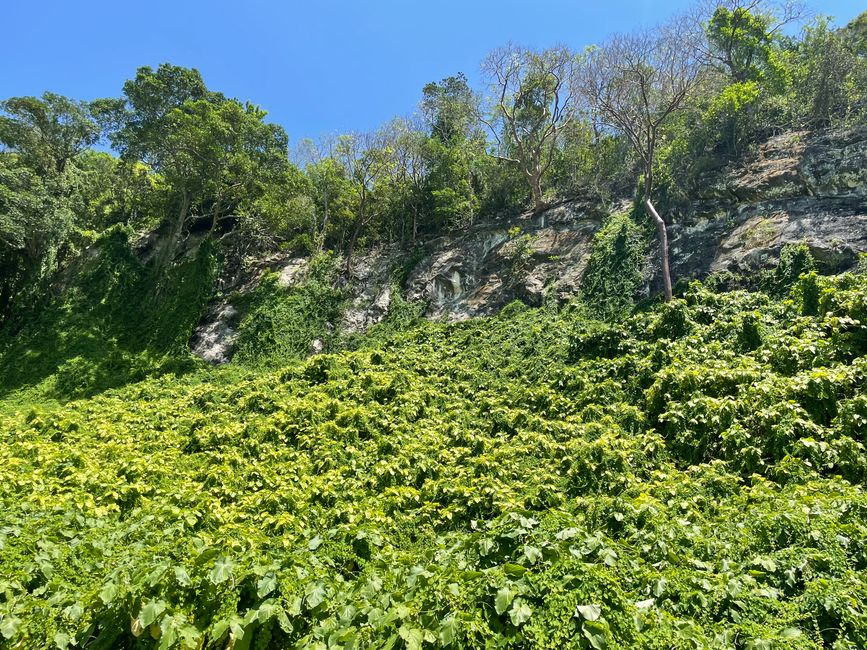
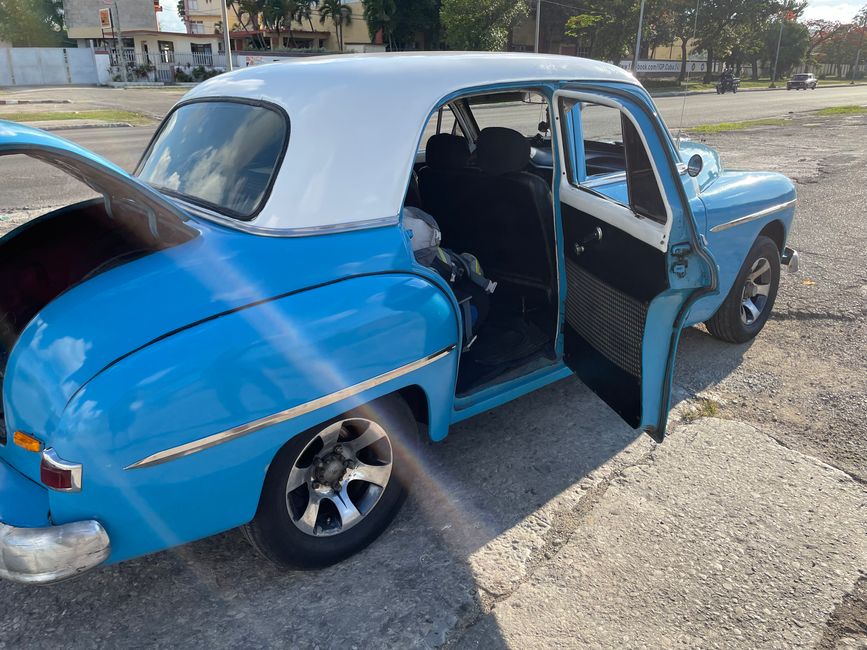
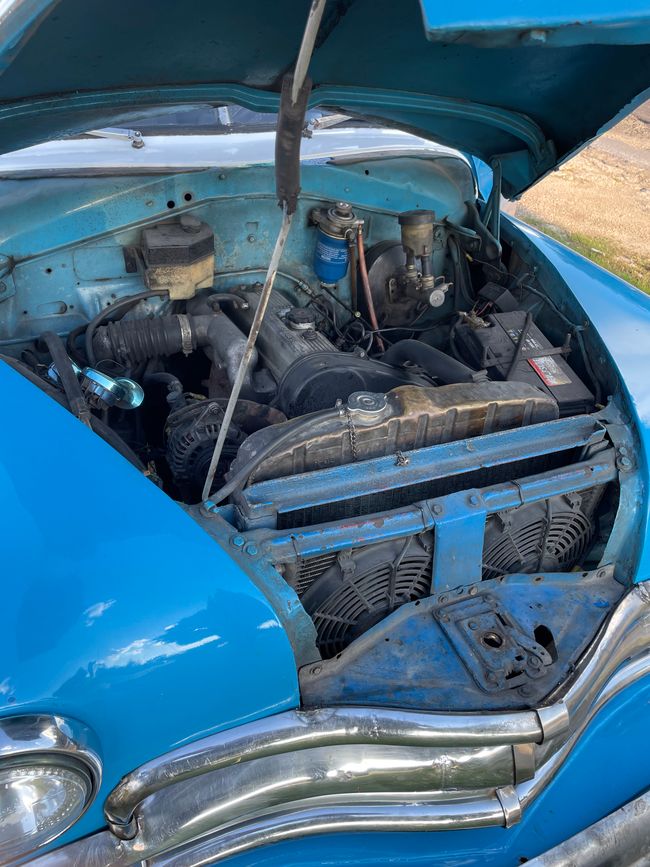
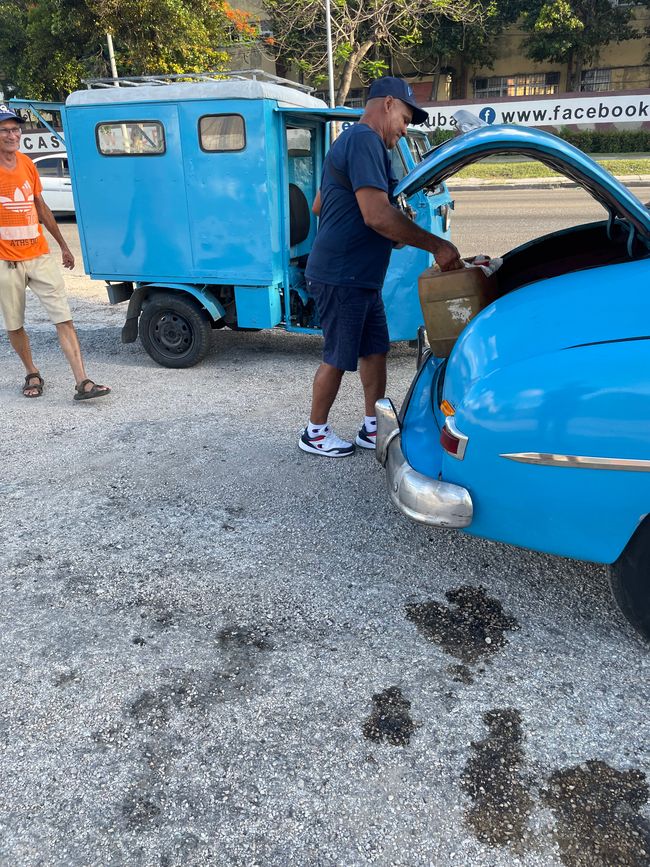
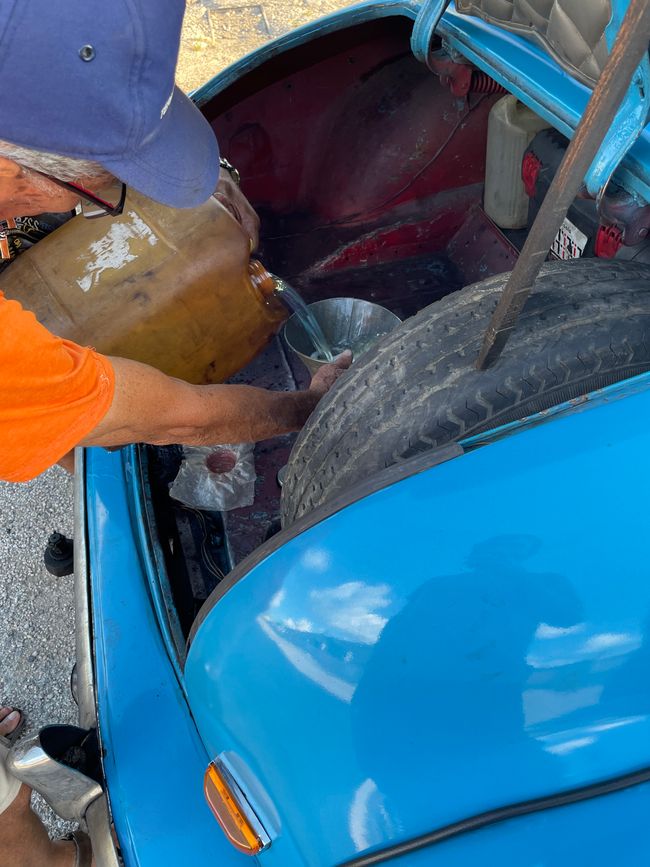
নিউজলেটাৰ চাবস্ক্ৰাইব কৰক
Hello everyone,
Actually, this blog shouldn't be neglected, but the situation with the internet in Cuba was a bit difficult. Wifi in Cuba is not the same as wifi elsewhere. Wifi means you get a card (which costs $1) that allows you to surf the internet for an hour. Usually, it's less than an hour. Anyway, I will now summarize the 12 days in Cuba in 2-4 blog entries.
On May 19, 2023, our journey continued to Havana, Cuba. The flight here was an adventure in itself. Of course, before starting our journey in Germany, we didn't buy the "Tarjeta de Turistas," which is mandatory for entering Cuba (along with some other documents). You can order the document by mail on the website of the Cuban Embassy in Germany (cost: €25), but unfortunately not to Jamaica. Luckily, we found out that you can also get it at the airport counter for $35. When we arrived at Kingston Airport, nothing was working. There was no counter for our flight, our originally canceled flight to Santiago de Cuba was now flying again, and we didn't really know what to do. The staff couldn't help us, and there were also very few seats: typical. Eventually, we found out which counter we needed to go to, and we also got the "Tarjeta de Turistas." The lady at the counter told us that we would probably be the only guests on the flight. We passed through security (there was only one line and only one device for baggage screening) and waited at our gate (although the gate changed three times). Just before boarding, an American who lives on St. Maarten actually joined us, so there were three of us on the flight. We had interesting conversations with the flight attendant and were better catered to than on some long-haul flights with Lufthansa. When we arrived in Havana, the only thing left was to go through immigration. The good thing is: no one speaks English here, and we only speak rudimentary Spanish at best. Of course, we didn't print out the remaining immigration documents (how could we?), but fortunately, Caro had them saved on her phone. We weren't asked any questions, and we were allowed in. Outside the airport, we were picked up by a typical Cuban taxi and taken to our Airbnb, which cost less than €25 per night (we could have slept for €8, but we treated ourselves to a bit of luxury).
The next day, we explored Havana on foot and in a horse-drawn carriage. We quickly realized that Havana and Cuba are different from our previous travel destinations. While we could drink water from the tap (or the rain barrel) in Jamaica without any problems, here, several people made it clear to us that it would be better not to drink it. The problem is: drinking water is not available everywhere. Sometimes you can only get it in shops that were called "Intershops" during the GDR era and where you can only pay with US dollars. Fuel is also not available on the island (at least not for the average consumer). We visited some of the many sights in the city and were pretty impressed. In the evening, we had pizza, Cubans love pizza, and it's damn cheap (€1-2.50, depending on the toppings).
On May 21, we explored more sights of the city, such as the Christ Statue (which looks a bit like it has rum and a cigar in its hand) and the "Castillo de los tres Reyes del Morro." The entrance fee to the fortress, which used to defend the city, is 35 CUP (about €0.20) for Cubans, including a guided tour, and 300 CUP (about €1.75), also including a guided tour, for tourists. We got a guide who speaks decent English and used to work as an elementary school teacher (but earns better money in the tourism industry), so we could also improve our Spanish skills. After the tour, we took a city bus back (which tourists are not supposed to use), the fare is 5 CUP per person (about 2 cents or something). We had planned to take a Viazul bus to Matanzas on May 22. Viazul buses are basically long-distance buses for tourists (more expensive than for Cubans, but still very cheap). However, even though there were still seats available, you can't book them one day in advance, but you have to book at least a week in advance. So we couldn't really use them. We negotiated with a taxi driver to take us to Matanzas (110 km) and also bring us back to Havana.
So on May 22, we started our trip to Matanzas. We arrived there with a shared taxi and spent the day in the city. Matanzas is a small city, there are no tourists, and there's not much to see actually. We visited the Cueva del Indio, a cave not intended for the public. We discovered an entrance to a huge cave system that goes several hundred meters deep into the earth. Unfortunately, we didn't have our headlamps with us, but the phone worked too. It was pitch dark in the cave, we explored many different passages, and wondered what was done there in the past (most of the cave looks man-made). After the cave tour, we had lunch at a restaurant. The options were rice with beans, salad, and pork fricassee (that's basically the whole menu). We ordered each dish once (the salad was dry white cabbage without sauce) and had two drinks. Price: €6. If you get out of the "tourist bubble" and can live with what's available at the moment, communism is worth it for us (at least financially). Afterwards, we strolled through the city, visited some sights, and walked into a specific valley, but there was less to see than expected. Then we called the taxi driver to come back to Havana. If I understood him correctly, he said in the first phone call that a driver would be there to take us home in 15 minutes. 40 minutes passed and no one came. After another phone call with the driver, we learned that no one would come to take us home. We asked some local taxi drivers, but they wanted $70-100 for a one-way trip, which was way too expensive for us. Hitchhiking is almost a national sport in Cuba. Even by the highway, hundreds of people try to get a ride (in addition to hitchhikers, there are also horse-drawn carriages, tractors, and combines on the highway). So why not us too. We stood by the road, and within 10 minutes, someone stopped to give us a ride. The ride (in a typical Cuban car) was quite entertaining. The driver doesn't speak English, I speak rudimentary Spanish, but with gestures and rudimentary Spanish, we managed. Problem: our fuel only lasted until 10 km before Havana, then it was over. The car stopped, nothing could be done. We pushed it about 150 meters so that the car wouldn't be in the middle of the road. As I said, there's not a drop of fuel at the gas stations either. The driver made phone calls like a professional telephone operator and told us that someone with 20 liters of diesel would come in 15 minutes. After almost an hour, someone actually arrived on a tuk-tuk with 20 liters of diesel. After another half an hour and dozens of unsuccessful attempts to start the car, it finally started running again, and we made it back home. Each of the start attempts produced smoke like an old Russian tractor tire on a bonfire at Pentecost. You only experience something like this here.
With regard to food, you have to take what you get (or what's available at the moment). I have now eaten a "Vegetale" pizza twice in the same restaurant - with completely different ingredients each time. But they both tasted good anyway.
নিউজলেটাৰ চাবস্ক্ৰাইব কৰক
উত্তৰ
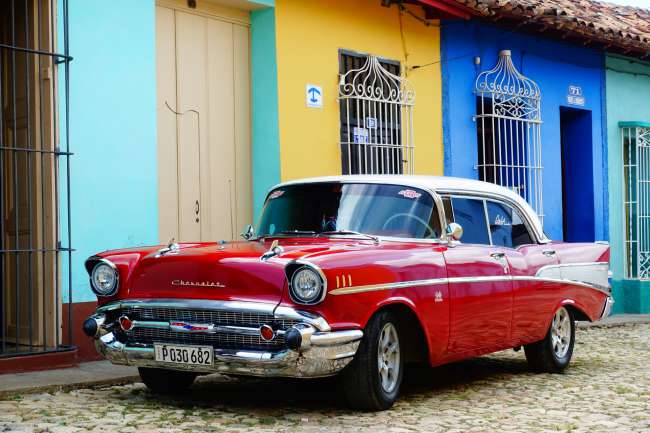
ভ্ৰমণৰ প্ৰতিবেদন কিউবা
